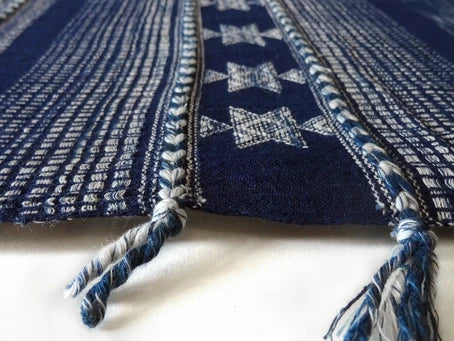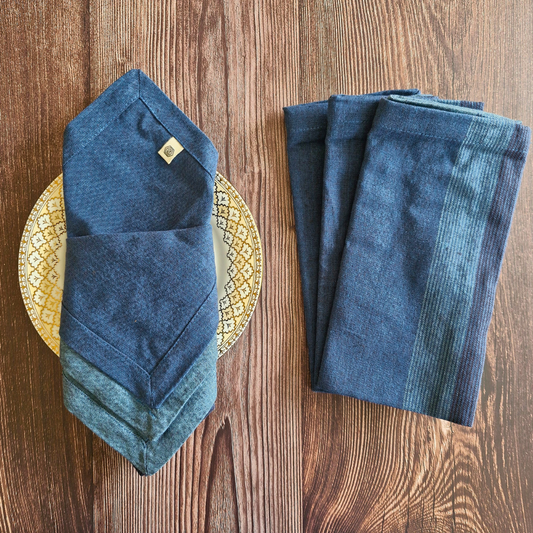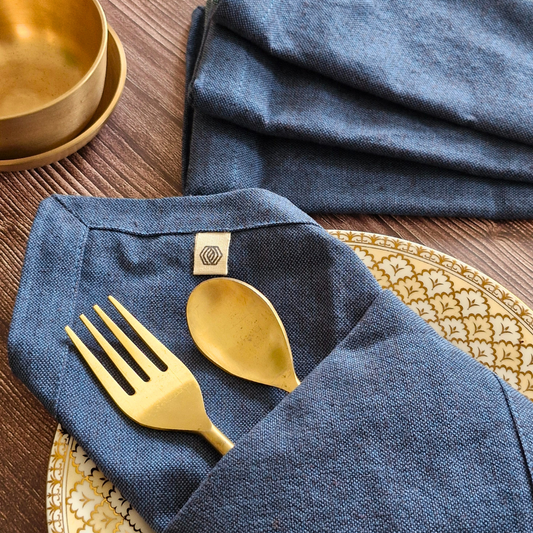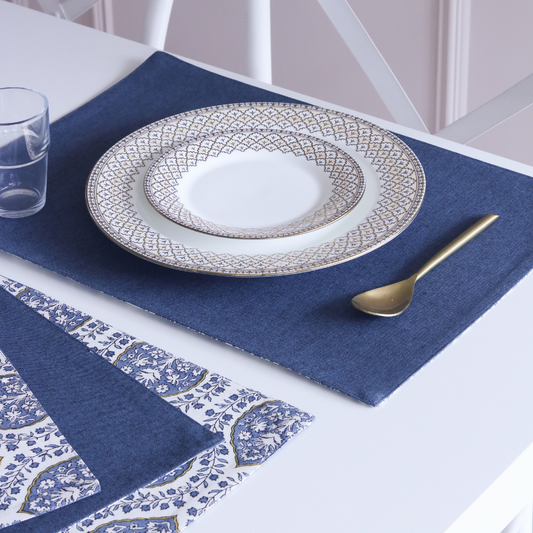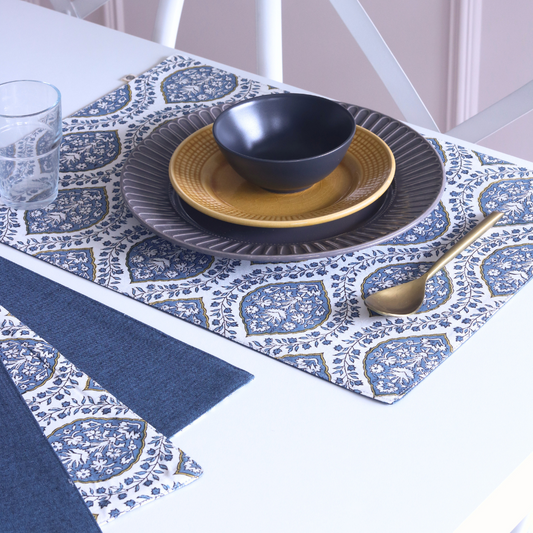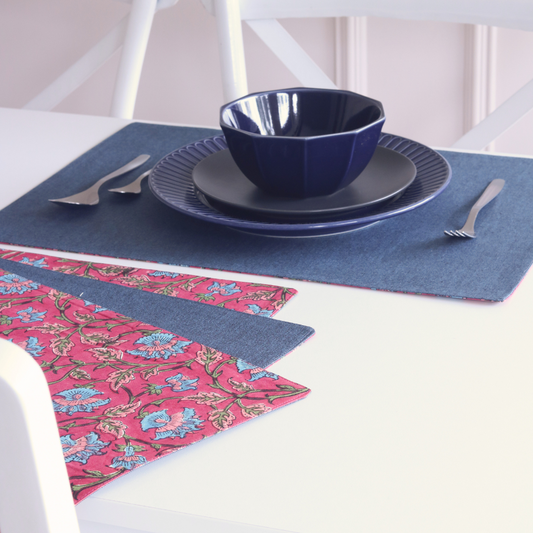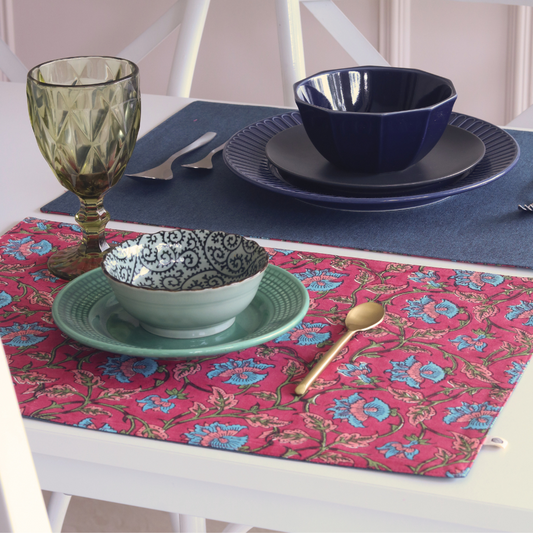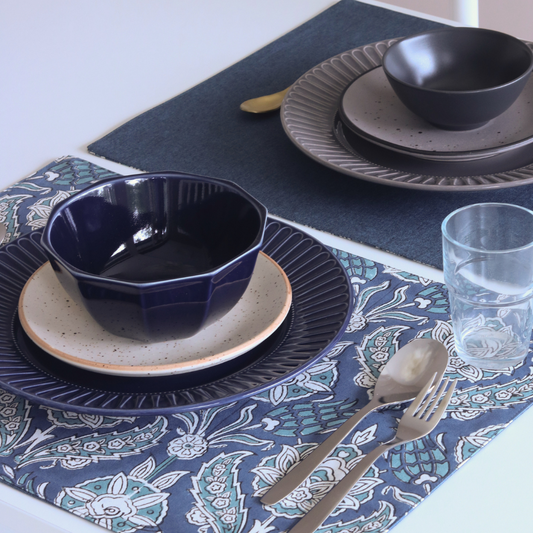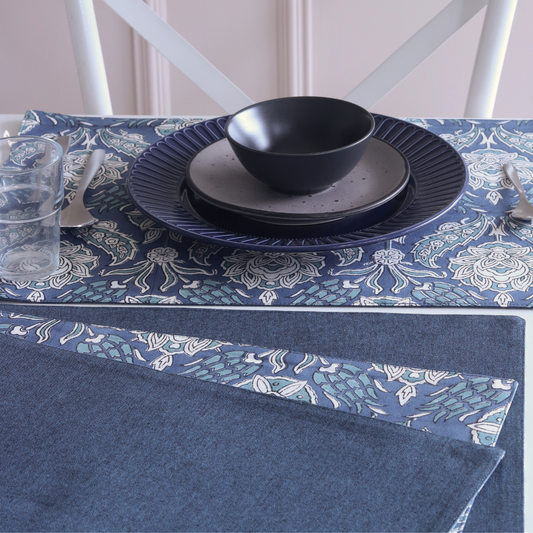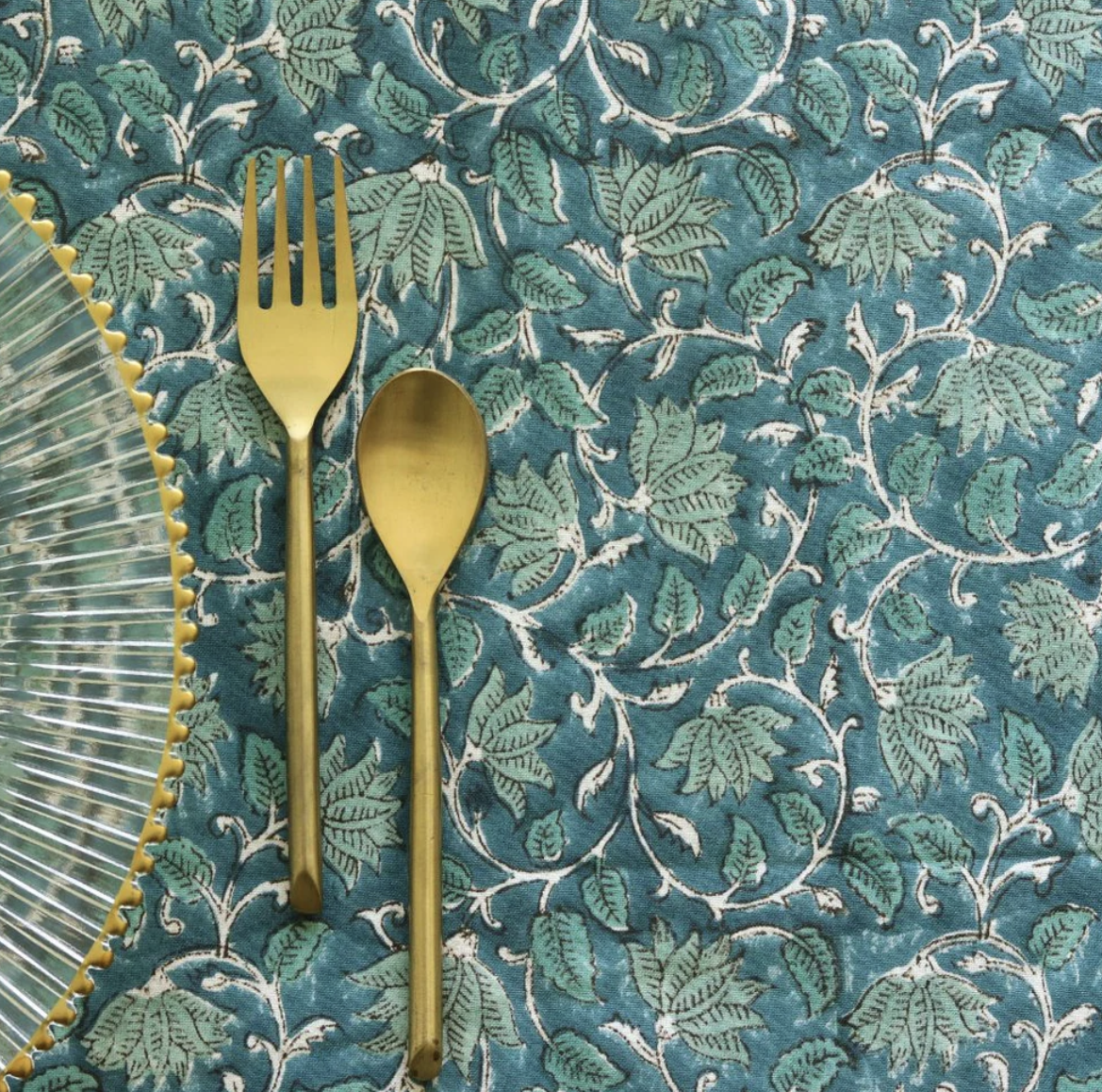
Source: artisanscentre.com
Hand-spun, woven fabrics and colourful handlooms are intrinsic to India’s identity. They represent our heritage and our great handicraft culture. From the elegant Pashmina shawls of Kashmir to the dazzling Kanjeevaram silk sarees in Tamil Nadu, the stunning Bandhani fabric from Gujarat to the understated Eri silk of Meghalaya; the unique styles that India has to offer are simply breath-taking.
In the Kutch region of Gujarat, the festive vibrance of its tapestry is a show stealer but head to a small village in the district called Bhujodi and you will find a more subtle, elegant weave form.
With a rich weaving history of over 500 years, Bhujodi has transformed from a sleepy village to the beating heart of Kutch’s textile industry. Woven by nimble-fingered hands by the Vankar community, each thread is exactly where it should be, each pattern/motif well-thought out and positioned by a skill that goes back generations.
Who are the Vankars?
The Vankars (meaning weavers) are descendants of the Meghwal (Marwada) clan who migrated to Kutch from Rajasthan over 5 centuries ago. As history goes, they used to weave coarse handspun woolen blankets and traditional wear for the shepherd (the Rabaris) and local farming communities (the Ahirs) in exchange for fleece, milk products and grains. They were the only clientele for these Bhujodi weavers back then.
Over the years, the nomadic shepherds, who carried around these drapes, reduced in number and the Vankars found a growing demand for their cloth. The ‘Vankars’ crafted one of a kind pieces that eventually became characteristic of this clan but also their primary source of income.

Source: Shutterstock
What makes Bhujodi famous?
Every hand-spun shawl, stole, dupatta, blanket, and carpet woven is a beauty crafted by the Vankars. It can take days or even months for a craftsman to finish the intricate designs, all done by hand. Traditionally, shawls were made from wool but now silk, cotton, acrylic are procured from across the country to make the finest handloom products. The Vankars create simple geometric motifs and arrange them aesthetically into a fabric using a special technique. The woolen weave not only provides warmth during the harsh winters but also keeps one cool during summers when it's loosely woven. In the Vankar community, while the arduous process of weaving is done by the men, the women are responsible for preparing the yarn and spinning of wool.
Today, Bhujodi weaving is a craft that is practiced by over 200 weavers from the village. In order to keep up with the changing needs of the market and to meet the growing demand, yarns have become finer and the natural coarse cotton is now replaced with synthetic fibers, while the looms are being operated by pedals for faster results. The appeal of its handcrafted cloth is now widespread and the village has become synonymous with "Kutchi weaving".
*While the latest range of table linen by The Yard House is not handwoven, it draws inspiration from the geometric patterns and stripes that are characteristic to Bhujodi weaving. We hope you fall in love with the aesthetic & support this community the next time you travel to Gujarat. If you’re a saree-lover , a Bhujodi woven saree is a must-have in your repertoire.


Source: artisanscentre.com & gaatha.com
AUTHOR

Deepthi Velkur (@deepthi9844) is a Bangalore-based freelance digital content writer and mom to a busy 10-year old. Her writing credits include health and fitness magazines, running stories, and wedding planning articles. While redecorating her apartment she fell in love with home styling and now marries her love for home decor with writing.

